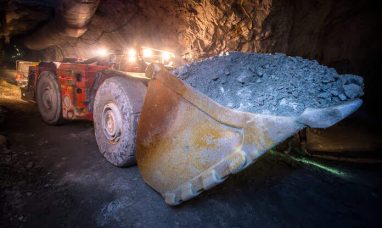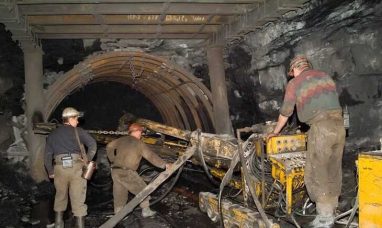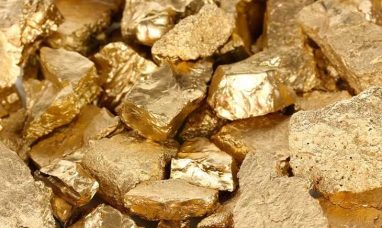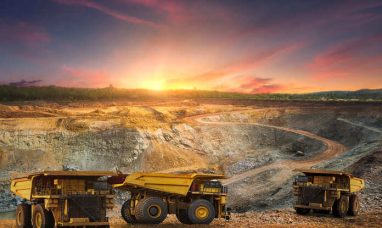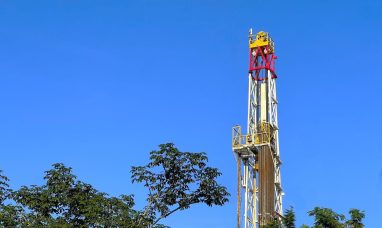(NewsDirect)
The last few years
may have been a sharp wake-up call to U.S. legislators. Growing
protectionist sentiments around the globe and geopolitical concerns
like the Russia-Ukraine War have devastated supply chains for key
markets.
The
Russia-Ukraine war has caused major disruptions in the agricultural
and automotive industries. Russia and Ukraine account for a
substantial portion of the global fertilizer trade.
Russia
produces
9% of the world’s nitrogen fertilizer, 10% of
phosphate fertilizer and 20% of potash fertilizer. Russia is also a
key supplier of metals and minerals needed to produce cars.
Other major producers
like China have demonstrated a willingness, and perhaps eagerness, to
limit exports when it suits them either politically or economically.
China
announced in July
that it would be extending its export
restrictions on phosphate fertilizer through the end of 2022.
The US and European
countries are becoming warier of the mineral and material
overdependence on rivals like China and Russia.
In
September, the U.S. Department of Agriculture
announced it
will invest $500 million to increase domestic fertilizer production to
help with supply chain disruptions from Russia. This commitment is
double the amount of its previous commitment.
The US also announced that Canadian
countries qualify under the 1950 Defense Production Act (DPA). This
means that an investment in Canada by the Department of Defense will
legally be the same as an investment domestically, opening a lot of
doors in Canada.
What Is Driving This Shift And What Does It
Mean?
President
Joe Biden’s administration has national security concerns over
heavily relying on rivals for key minerals and metals. The principal
industry Biden is worried about, although there are many impacted by
strict Chinese exports, is the automotive industry.
In the coming decades,
the
electric
vehicle (EV) market may be set to explode
and currently, the
EV battery supply chain is reliant on too many foreign countries
presenting a potential national security threat. The US is eager to
change this and become a producer or create strategic partnerships
with allies for the critical materials needed for a shift to
EVs.
Canadian
companies qualifying under the DPA will allow the Department of
Defense to capitalize on Canada’s fruitful natural resource
landscape.
Canada
has reserves of key resources
like cobalt, potash, phosphate,
lithium, copper, and more.
Canada has provided the DOD with a
list of 70 projects that could warrant
U.S. funding under the
DPA and the U.S. is ready to invest. The U.S. military has a new pot
of money for investing in private companies with new mining
projects.
Companies like
Arianne Phosphate Inc.
(TSX-V: DAN) (OTC:
DRRSF), a potentially promising phosphate mining company, might be the
type of targets the US military is looking at. Arianne Phosphate is
among the few in North America that can respond to the growing demand
for phosphate.
Because phosphate is
an essential component in fertilizers and lithium-iron phosphate
batteries for EV cars and energy storage, the company could be of
interest for DOD projects. The DPA opens up
hundreds
of millions of dollars in spending
and President Joe Biden’s
administration has indicated a high interest in creating a strong
domestic EV battery supply chain. Although there are still logistical
kinks to work out with the DPA, it seems clear that America will be
turning away from rivals and looking to Canada for resource extraction
for key industries like EVs.
ARIANNE PHOSPHATE
INC.
(
www.arianne-inc.com
)
owns the Lac à Paul phosphate deposit in Quebec, Canada. Fully
permitted and shovel ready, the asset is among the world’s largest
greenfield deposits, capable of producing an environmentally friendly
phosphate concentrate. Due to the nature of its high-purity,
low-contaminant product, Arianne’s phosphate can be used to produce
fertilizer as well as meeting the technical requirements of specialty
applications such as the lithium-iron-phosphate (LFP) battery. The Lac
à Paul deposit is rare due to its geographic location and geological
structure. Arianne Phosphate is listed on both the TSX-V:
DAN
and the OTCQX:
DRRSF
.
This post contains sponsored
advertising content. This content is for informational purposes only
and is not intended to be investing advice.
This
information contains forward looking statements. All statements, other
than statements of historical fact, included herein, including without
limitation, statements regarding potential mineralisation and
reserves, exploration results and future plans and objectives of
Arianne Phosphate Inc, are forward-looking statements that involve
various risks and uncertainties. There can be no assurance that such
statements will prove to be accurate and actual results and future
events could differ materially from those anticipated in such
statements. Important factors that could cause actual results to
differ materially from Arianne Phosphate Inc’s (“Arianne
Phosphate” or the “Company”) expectations are disclosed under
the heading “Risk Factors” and elsewhere in Arianne Phosphate
Inc’s documents filed from time-to-time with the TSX Venture and
other regulatory authorities.
Contact
Details
Brian Ostroff, President
Company
Website
Copyright (c) 2022 TheNewswire – All rights reserved.
Featured image: Megapixl © Kodym









